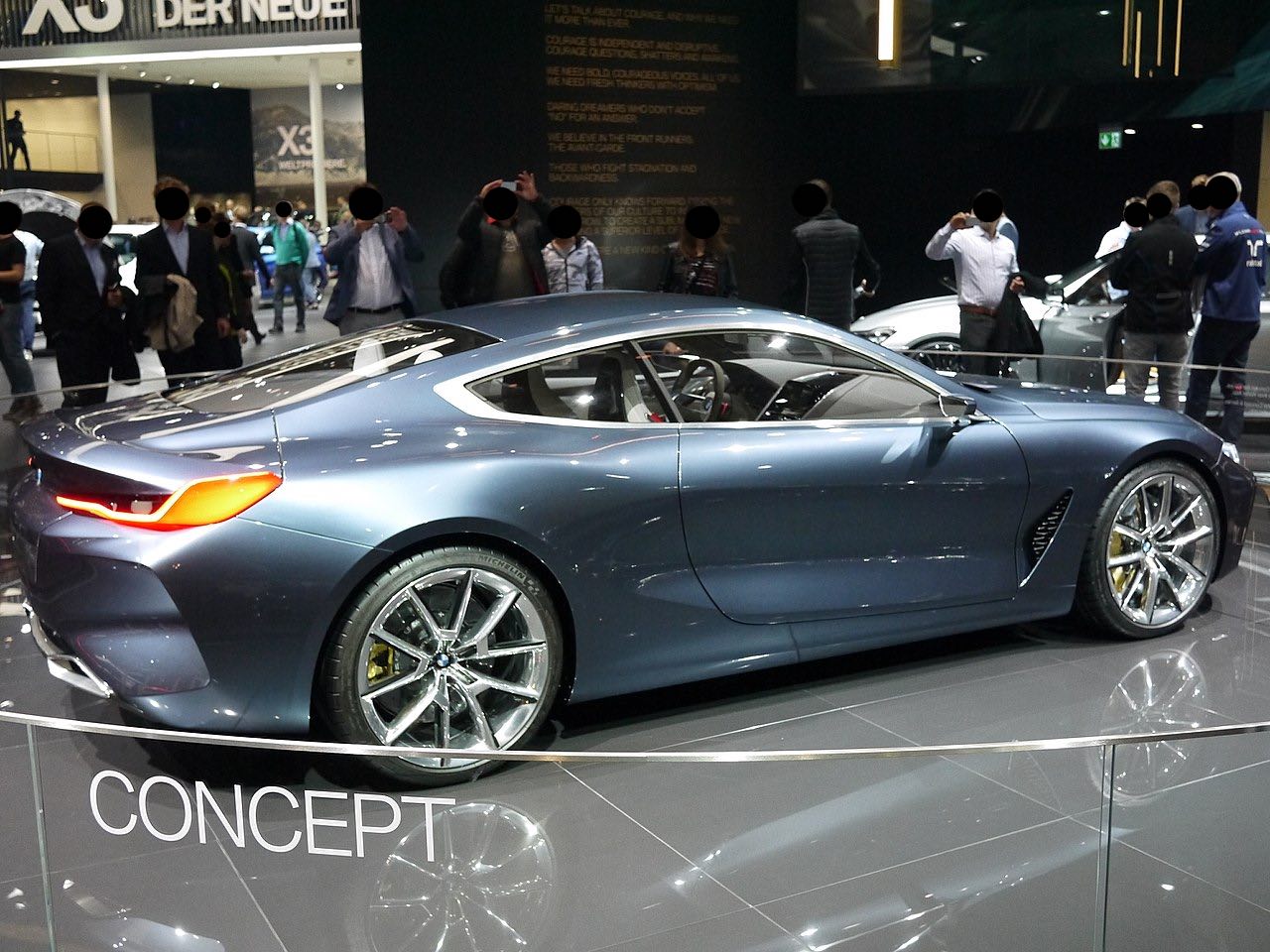
BMW’s mission statement and vision statement reflect the business purpose of providing products that satisfy people’s mobility needs. Fully named Bayerische Motoren Werke (Bavarian Motor Works), the company goes beyond just providing vehicles. For example, emotional response is included in BMW’s mission. This mission statement sets the underlying goal of developing products that enable people’s movement. On the other hand, sustainability is a part of BMW’s vision. This vision statement broadens the company’s goals to include sustainable business practices for achieving success and leadership in the automotive industry. BMW’s mission and vision point to the significance of goals that include specifications for transportation and mobility products based on market demand.
BMW’s mission and vision indicate operations in the automotive industry and competition with multinational firms, like Tesla, Ford, General Motors, Nissan, and Toyota. The same mission and vision encompass the company’s motorcycles, which compete with products from Harley-Davidson and other firms in the motorcycle industry. This business environment involves innovative firms that create the competitive challenges illustrated in the Five Forces analysis of BMW. These challenges are based on car and motorcycle manufacturers’ mission statements, vision statements, and corresponding goals that prompt investments in new technologies and designs to make their products more competitive.
BMW’s Mission Statement
BMW’s mission is “to move people with products that evoke emotions.” This mission statement emphasizes goals for customers’ mobility and positive emotional response to the automaker’s products. The main components of BMW’s mission statement are:
- Moving people
- Evoking emotions
BMW’s mission states the fundamental objective of providing movement or enabling movement for customers. Considering the automotive industry, this mission statement refers to cars and other vehicles that people can use to move around.
The second component of BMW’s mission statement puts importance on the emotional response of target customers. For example, the goal of evoking the right emotions through the company’s products can affect customers’ purchase decisions and, consequently, the competitiveness and profitability of these products in the automobile market.
The goals based on this mission statement guide BMW’s competitive strategy and growth strategies to ensure that the company’s products provide effective mobility and evoke people’s emotions. For instance, the company’s growth strategy of product development focuses on enhancing vehicle aesthetics, performance, and quality to generate positive emotional response among target customers. This emotional response agrees with BMW’s mission statement and provides a desirable business condition for profitable operations that support the long-term goals of the automaker’s vision statement.
BMW’s Vision Statement
BMW’s vision is “to be the most successful, most sustainable premium manufacturer for individual mobility.” This new vision statement establishes the goal of leadership in the automotive industry. The main components of BMW’s vision statement are:
- Most successful
- Most sustainable
- Premium manufacturer
- Individual mobility
BMW’s vision statement aims for industry leadership in terms of success and sustainability. These goals present a holistic view of the automotive business based on the company’s vision statement, in relation to core values that support sustainable operations. Also, BMW’s vision states the premium status of the company as a manufacturer. The aim of providing for mobility needs through the company’s manufacturing output is included as the fourth component of this vision statement.
With the goal of becoming the most successful manufacturer of premium automobiles, this vision statement requires developing the competitive advantages described in the SWOT analysis of BMW to outperform other automakers in the global market.
Strategic Implications of BMW’s Mission & Vision
BMW’s mission statement sets the business organization’s strategies for manufacturing mobility solutions. This mission statement puts importance on the various trends illustrated in the PESTEL/PESTLE analysis of BMW, including technological, economic, and social trends that influence buyers’ emotions based on their interests and preferences regarding automobiles.
The company’s strategies are developed for the purpose and goal of satisfying demand and unmet interests and preferences in the market for automobiles and other mobility and transportation products. Based on BMW’s mission, business strategies need to support or facilitate customers’ positive emotional connection with the company’s automotive products.
BMW’s vision statement specifies the premium image of the company and its vehicles and services. This new vision statement affects BMW’s marketing mix (4P), particularly in terms of premium branding and pricing. Automotive branding and pricing must match the premium status and image that the company aims to keep developing. BMW’s vision echoes the mission statement, while also stating the goals of industry leadership and premium branding.
The combined strategic effect of BMW’s mission statement and vision statement pushes for product innovation for the preferences and expectations of target customers and target market segments. BMW’s mission statement and vision statement stress the importance of competitive vehicle design and technological innovation to satisfy the business purpose of addressing people’s mobility needs.
References
- Băbeanu, S. A. (2024). Future Challenges of Implementing Innovative Business Model in the Automotive Industry. In Proceedings of the International Conference on Business Excellence (Vol. 18, No. 1, pp. 518-532).
- BMW Group Report.
- BMW Sustainability Goals.
- Gomez, R. (2024). Driving sustainability and innovation through design: The BMW Group+ QUT Design Academy. In Research Journeys to Net Zero (pp. 43-56). Routledge.
- Ramos, M. R., & Ruiz-Gálvez, M. E. (2024). The transformation of the automotive industry toward electrification and its impact on global value chains: Inter-plant competition, employment, and supply chains. European Research on Management and Business Economics, 30(1), 100242.